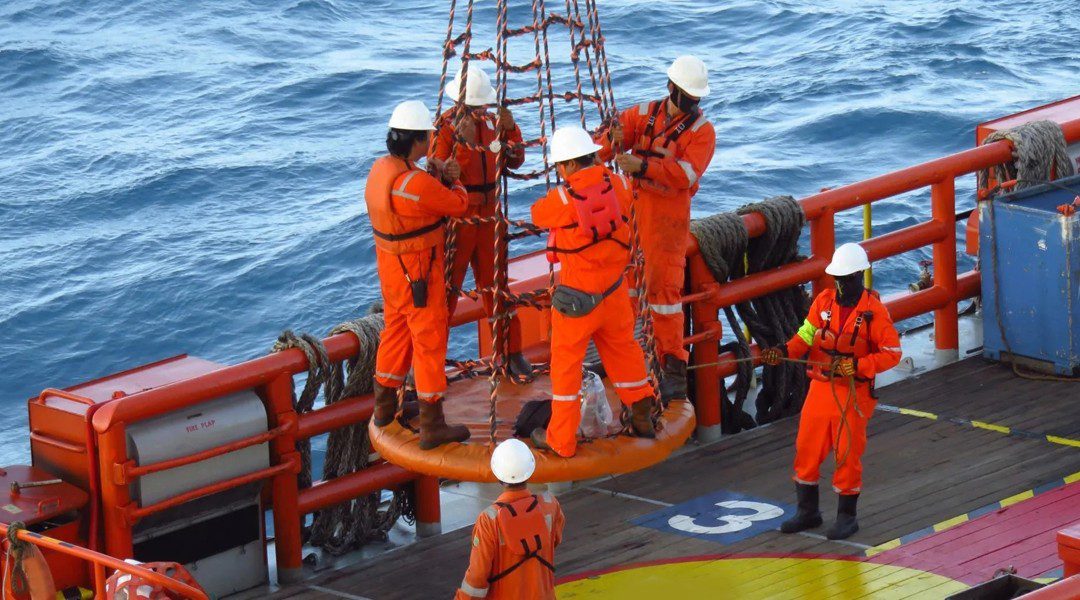As the shipping delays in Shanghai continue amidst a new lockdown, the U.S. East Coast is starting to feel the crunch as well. The Port of Virginia has already reported significant delays, and New York’s port is expected to be next. This is causing major problems for supply chains that rely on timely shipping between the two coasts. Many experts are predicting that this will have a ripple effect throughout the entire economy.
Analytics firm MarineTraffic released new numbers this week showing that more shipping containers are stuck off U.S. East Coast ports than U.S. West Coast ports. Analytics showed that 18 container ships were awaiting ports at the Port of Charleston, in South Carolina. Additionally, 12 are awaiting port at the Port of Virginia in Norfolk. Together, these outpace the 15 ships awaiting port at the Port complex of Los Angeles and Long Beach, the nation’s biggest shipping terminal
After the Port of New York and New Jersey experienced delays earlier in the year, vessels were avoiding it. Now, however, this further congestion threatens to further snarl traffic at that large port complex and create more issues.
With China continuing to push for a Zero-Covid policy, even in the face of skyrocketing numbers, the sprawling city of Shanghai has shut down. Covid has once again caused a major disruption in shipping, with the Port of Shanghai seeing significant delays. Factories in Shanghai have closed and the situation is not yet improving. Although short-term impacts there are minimal, longer-term ramifications are likely on the global market.
The good news is that there are some steps that businesses can take to mitigate the effects of these delays. For example, companies can work with their suppliers to ensure that they have alternate shipping routes available. They can also stock up on inventory so that they’re not as reliant on just-in-time shipping. But it’s important to remember that these delays are likely to persist for the foreseeable future, so it’s important to plan accordingly.






